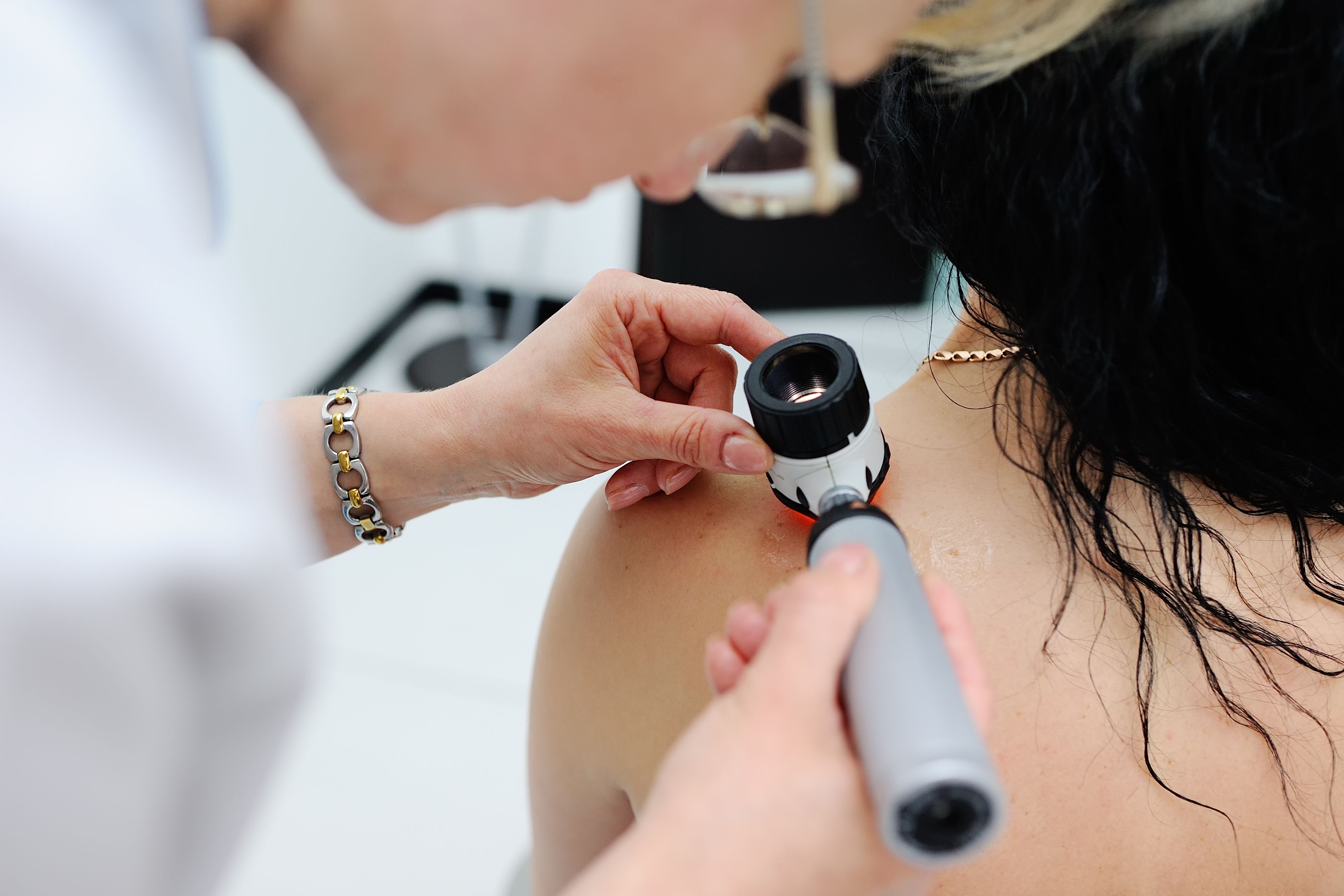- Acne
- Actinic Keratosis
- Aesthetics
- Alopecia
- Atopic Dermatitis
- Buy-and-Bill
- COVID-19
- Case-Based Roundtable
- Chronic Hand Eczema
- Chronic Spontaneous Urticaria
- Drug Watch
- Eczema
- General Dermatology
- Hidradenitis Suppurativa
- Melasma
- NP and PA
- Pediatric Dermatology
- Pigmentary Disorders
- Practice Management
- Precision Medicine and Biologics
- Prurigo Nodularis
- Psoriasis
- Psoriatic Arthritis
- Rare Disease
- Rosacea
- Skin Cancer
- Vitiligo
- Wound Care
Article
Extended antibiotic use may open door for URTI
Philadelphia — Long-term use of antibiotics to treat acne can leave the patient more vulnerable to upper respiratory tract infections, according to a paper authored by David Margolis, M.D., Ph.D., and published in the September issue of the Archives of Dermatology. Dr. Margolis is an associate professor of dermatology at the University of Pennsylvania Health System, Philadelphia.

The practice of dermatology was not the focus of the study, the researcher explains to Dermatology Times; rather it was to examine the concept that perhaps people on long-term antibiotic therapy might be prone to some type of infectious sequelae.
Looking at the data
"Acne patients seemed like a natural study population. They are relatively healthy and are on antibiotics for more than six weeks," Dr. Margolis says.
The study mined the General Practice Research Database, a broadly representative cross section of about 5 percent of the population in the United Kingdom, identifying all those between the ages of 15 to 35 who were coded as having acne vulgaris during the years 1987 to 2002. That totaled 118,496 individuals, some 71.7 percent of whom received an oral or topical antibiotic, either alone or in combination, and 28.3 percent who were not treated with an antibiotic.
Increased incidence of URTI
An initial examination of throat swabs found that acne patients on antibiotics were more likely to carry group A streptococcus, a potential cause of upper respiratory tract infection (URTI). Given the greater occurrence of group A strep, it seemed reasonable to hypothesize that this might lead to increased incidence of URTI. One thing that surprised Dr. Margolis was that there was no significant difference in effect between use of an oral or a topical product.
The database also revealed that over the next 12 months, those individuals on antibiotics "were more than twice as likely to have an upper respiratory tract infection" as were their peers who were not treated with an antibiotic.
"We're not saying that the infection caused them to miss work or end up in the hospital, or die, but it was serious enough to see a doctor for," Dr. Margolis says.
The proportion of individuals who did develop a URTI was significant, 15.4 percent among those on antibiotics. The difference was not just statistical; there was a significant chance of URTI occurring in the real world setting.
To guard against the possibility of over diagnosis because acne patients see physicians more frequently than do most, researchers also looked at incidence of urinary tract infection, which most often is caused by e. coli, a bacteria not affected by the antibiotics used to treat acne. They saw no difference in incidence between those who were or were not on antibiotics and the general population.
Why patients on long-term antibiotics had a greater incidence of URTI remains a bit of a mystery as bacterial infections are thought to constitute only about 10 percent of all URTIs. Perhaps it is that the greater prevalence of group A strep, as identified by the throat swabs, has increased the proportion of bacterial URTIs in this population.
Dr. Margolis also points to other research suggesting that "different organisms may facilitate the infectivity of others; so if you have more group A strep, you may be more prone to viral infection."
An accompanying editorial by An-Wen Chan, M.D., D.Phil., and James C. Shaw, M.D., F.R.C.P.C., raises a possibility regarding tetracyclines administered to treat acne. Tetracycline, many believe, works both directly on the bacteria and by inhibiting the inflammatory process, and may also be suppressing host inflammatory defense mechanisms against viral infection.
Research is basis for further study
Dr. Margolis acknowledges that the database the researchers used did not include information on dosing or compliance and that they did not include multiple instances of URTI infection in their analysis. Still, the relatively crude measures were sufficient to show a robust difference in incidence of infection in this proof of concept trial.
Newsletter
Like what you’re reading? Subscribe to Dermatology Times for weekly updates on therapies, innovations, and real-world practice tips.














